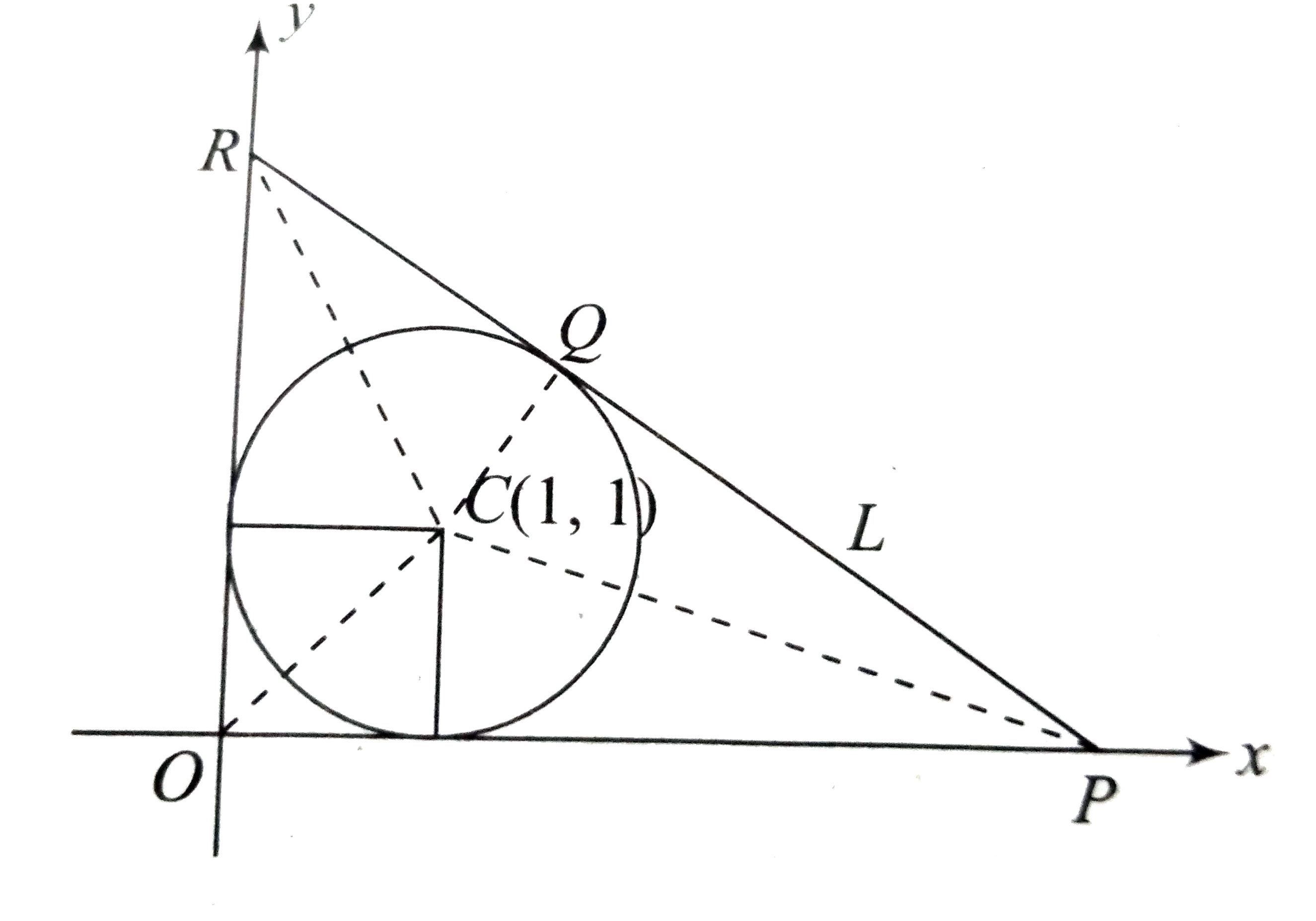Let z=(√32+i2)5+(√32−i2)5. If R(z) and I(z), respectively, denote the real and imaginary parts of z, then Solution in Bengali
Given that
z=(√32+i12)5+(√32−i12)5
=[cos(π6+isin(π6)]5+[cos(π6)−isin(π6)]5
=cos5π6+isin(5π)6+cos(5π)6−isin(5π)6
Hence, Im(z)=0.
Topper's Solved these Questions
- COMPLEX NUMBERSBOOK - CENGAGE PUBLICATIONCHAPTER - COMPLEX NUMBERSEXERCISE - SLOVED EXAMPLES
15 Videos
- COMPLEX NUMBERSBOOK - CENGAGE PUBLICATIONCHAPTER - COMPLEX NUMBERSEXERCISE - EXERCISE3.1
4 Videos
- COMPLEX NUMBERSBOOK - CENGAGE PUBLICATIONCHAPTER - COMPLEX NUMBERSEXERCISE - Comprehension
11 Videos
- CIRCLESBOOK - CENGAGE PUBLICATIONCHAPTER - CIRCLESEXERCISE - Comprehension Type
8 Videos
- CONIC SECTIONSBOOK - CENGAGE PUBLICATIONCHAPTER - CONIC SECTIONSEXERCISE - All Questions
102 Videos
Similar Questions
ifωandω2 are the nonreal cube roots of unity and [1/(a+ω)]+[1/(b+ω)]+[1/(c+ω)]=2ω2 and [1/(a+ω)2]+[1/(b+ω)2]+[1/(c+ω)2]=2ω , then find the value of [1/(a+1)]+[1/(b+1)]+[1/(c+1)].
View SolutionIs the following computation correct? If not give the correct computation: [√(−2).√(−3)]=√(−2).−3=√6
View SolutionConsider the region R in the Argand plane described by the complex number. Z satisfying the inequalities |Z−2|≤|Z−4|, |Z−3|≤|Z+3|, |Z−i|≤|Z−3i|, |Z+i|≤|Z+3i|
Answer the followin questions :
Maximum of |Z1−Z2| given that Z1, Z2 are any two complex numbers lying in the region R is
View Solution
In the diagram as shown, a circle is drawn with centre C(1,1) and radius 1 and a line L. The line L is tangent to the circle at Q. Further L meets the y-axis at R and the x-axis at P in such a way that the angle OPQ equals θ where 0<θ<π2.
Coordinate of Q is
View SolutionGiven that A(1,1) and B(2,−3) are two points and D is a point on AB produced such that AD=3AB. Find the coordinates of D.
View SolutionIf z=lambda+3+i sqrt(5-lambda^(2)), then the locus of z
View SolutionIf z=(λ+3)+i√5−λ2 then the locus of Z is
View SolutionIf z=[(√32)+i2]5+[(√32)−i2]5 , then Re(z)=0 b. Im(z)=0 c. Re(z)>0 d. Re(z)>0,Im(z)<0
View SolutionIf z=((sqrt(3))/(2)+(i)/(2))^(5)+((sqrt(3))/(2)-(i)/(2))^(5), then prove that Im(z)=0
View SolutionLet z=9+bi,whereb is nonzero real and i2=−1. If the imaginary part of z2andz3 are equal, then b3 is ______.
View SolutionIf z=((sqrt(3))/(2)+(i)/(2))^(5)+((sqrt(3))/(2)-(i)/(2))^(5), then prove that Im(z)=0
View SolutionLet 2|z1|=3|z2| and 23z1z2+32z2z1=z then (a) real part of z is 0 (b) imaginary part at z is 0 (c) |z|=√52 (d) |z|=√172√2
View SolutionLet z=(1+i)2a−i,(a>0) and |z|=√25 then z is equal to
View SolutionIf z = ((sqrt(3))/(2) + (i)/(2))^(5) + ((sqrt(3))/(2)-(i)/(2))^(5) , Then -
View SolutionLet z=(1+i)2a−i(a>a)and|z|=√25, then ¯z is equal to
View SolutionLet z=(2i+√3)200+(2i−√3)200,then∣∣z+(1.7)2∣∣ = ________________.
View Solution
